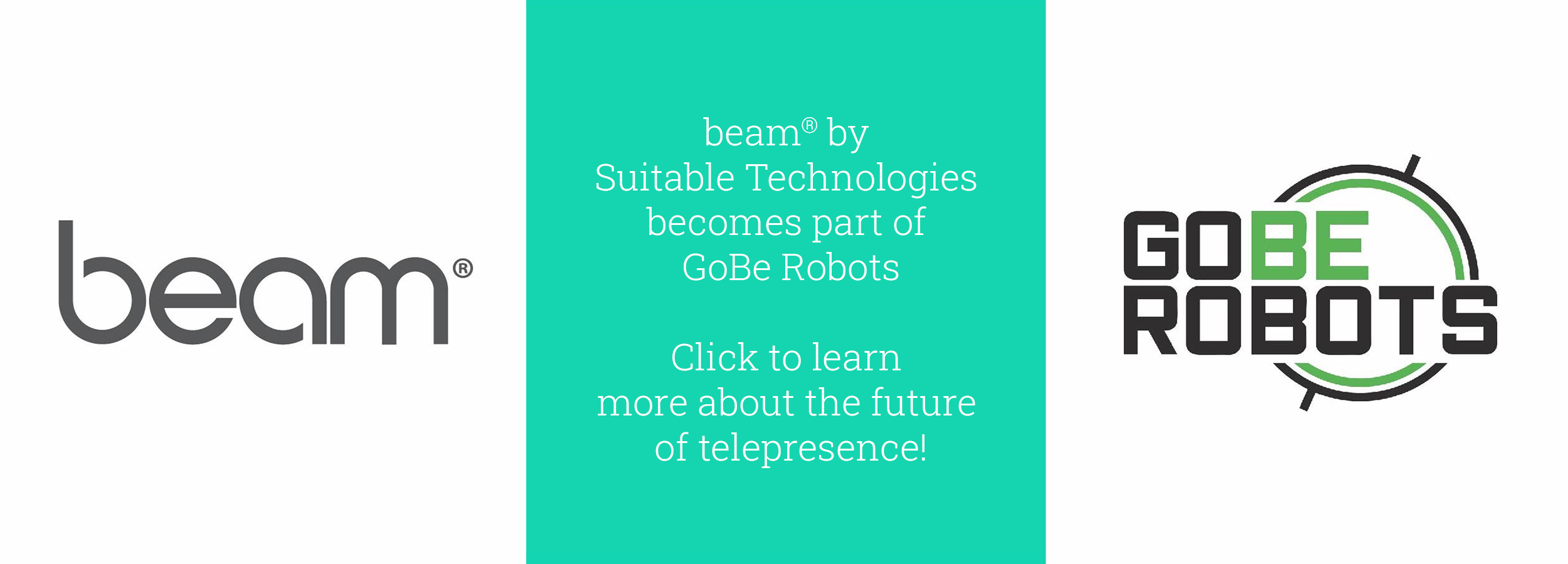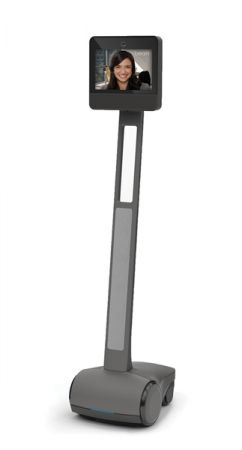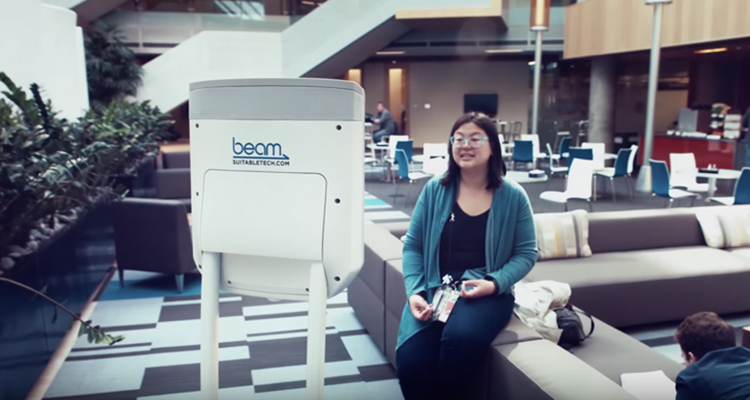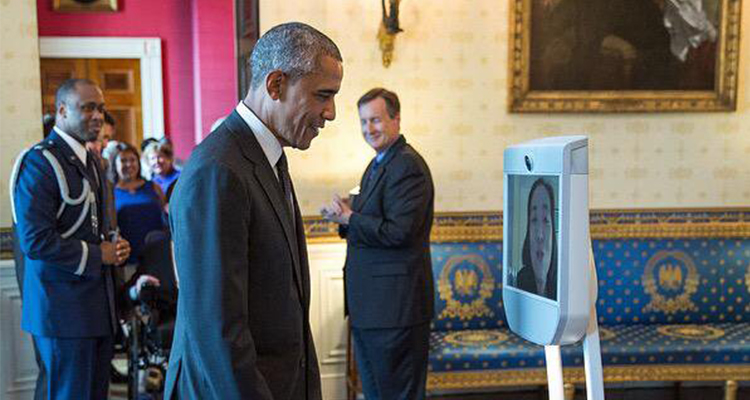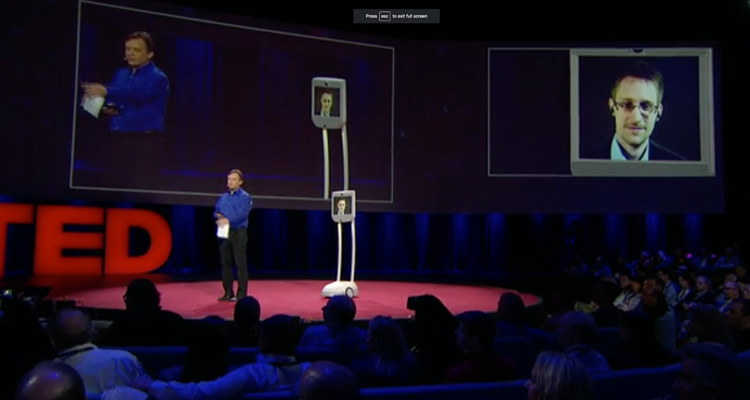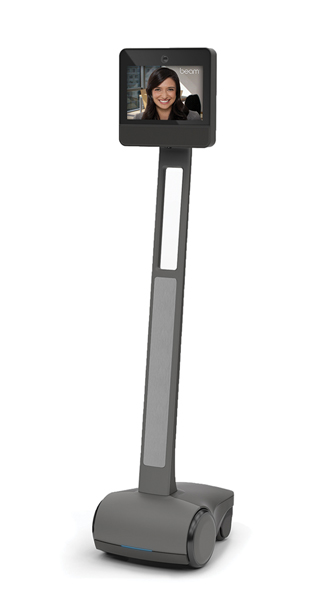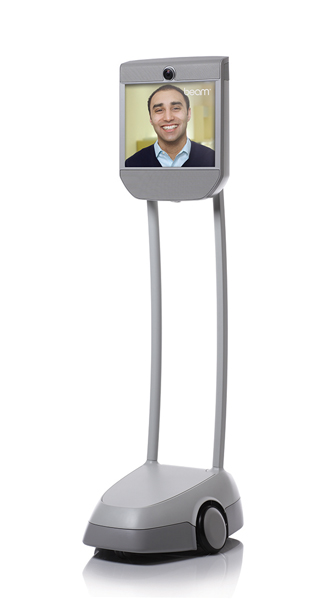From “the graying of America,” where the number of Americans age 65 and older is predicted to rise to nearly 24% from 15% by 2060, to the ever-changing landscape of the healthcare industry overall, technology is playing an increasingly important role in making medical care accessible, effective, and efficient. As a telepresence provider, we’re committed to bringing together patients and providers with specialized Beam Presence systems (the BeamPro PTZ/PTZ+L), and we are also excited about the promise of other technologies, too.
Here are some of the innovations we appreciate:
Emergency assistance at your fingertips
The technology that we depend on for entertainment and business efficiency can also play a major role in healthcare. For example, the “I’ve fallen and I can’t get up” medical alert systems of 20+ years ago have been replaced by now-familiar wearables that communicate with emergency resources at the touch of a button. iBeat’s smartwatch can alert a network of friends, family, and doctors to encourage independence and personal freedom. It’s even water-resistant, so it can be worn where many household accidents happen: in the bathroom.
Paging Dr. Alexis...
Most of us have some sort of online appointment/visit function tacked onto our health insurance, and companies like Teladoc fit nicely into an plan. If you’re not well, and suspect that you have a good handle on the cause of your problem, Teladoc is a great choice. Another sinus infection? Throw your back out gardening? Hives from your neighbor’s dog’s unplanned visit? Just fire up the app and hit send. In minutes you’re Skyping or FaceTiming with a doctor, and then you can go on with your day.
Amazon is looking into expanding its Echo offerings to include something similar. This, combined with earlier news that Amazon is investigating pharmaceutical options, signals possible upheaval in the healthcare market.
... and Dr. Watson
Moving from products and services to patient-centered offerings is logical, practical, and will lead to better outcomes and lowered costs. Service providers currently possess -- and continue to collect -- massive amounts of patient data. Harnessing that data and creating a care plan to help patients manage care is the focus of Alphabet-owned Verily Life Sciences. Google’s vast resources and machine learning capabilities can help zero in on faster diagnoses, improve surgical team processes, and provide alternative therapies. IBM is also putting its considerable resources to work in healthcare, in the form of a challenge to its Artificial Intelligence platform, Watson, and partner Quest Diagnostics to interpret testing faster and more efficiently. Watson is also working on ways to find the right oncology meds faster and finding new uses for existing drugs, among other tasks.
While technology isn’t a cure-all, it does make us feel a lot better to learn about the advances that are happening every day.


